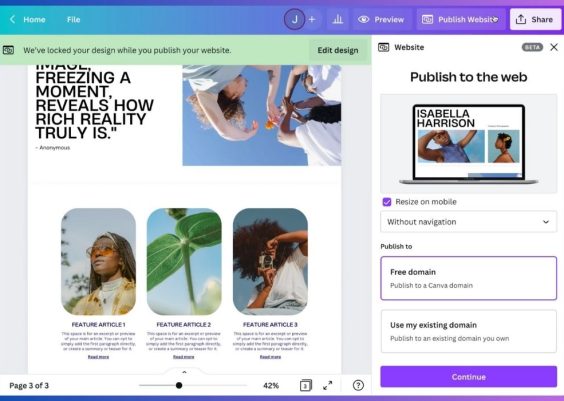Investing in a buy-to-let property can be a rewarding decision when approached with the right blend of research, analysis, and strategy. Individuals looking to become landlords need to examine key features of a property before sealing the deal. It’s not simply about buying a home — it’s about investing in a business asset designed to generate steady rental income and long-term capital growth.
Location, Location, Location
Real estate experts consistently highlight location as a top priority. A property’s surrounding area greatly influences demand, rental yield, and tenant profile. Landlords should look for properties in areas with:
- Good transport links – Easy access to buses, trains, or highways increases tenant appeal.
- Strong employment opportunities – Tenants prefer to live near work, particularly in cities with growing industries.
- Nearby amenities – Proximity to schools, hospitals, shops, and cafés adds value to a rental.

Understanding Target Tenants
A landlord must consider who their likely tenants will be. Are they students, young professionals, families, or retirees? Each group has specific needs. For instance, students might prioritize low rent and proximity to university campuses, while families value space, safety, and nearby schools.
By identifying the ideal tenant, landlords can not only narrow their property search but also plan upgrades and features that make the property more appealing to that audience.
Rental Yield and Capital Growth
Before buying, it’s essential to crunch the numbers. Rental yield is the annual rental income expressed as a percentage of the property value. A basic formula is:
Rental Yield (%) = (Annual Rent / Property Price) x 100
A good rental yield varies by region, but in general, anything above 5% is considered attractive. However, landlords shouldn’t focus solely on yield. Capital growth — the increase in property value over time — also plays a major role in long-term profitability.
Condition of the Property
Buy-to-let buyers should assess the overall condition of the property. While fixer-uppers may come at a discount, they often involve unforeseen expenses and longer vacancy times. A well-maintained property may cost more upfront but offers quicker occupancy and fewer maintenance issues.
Key areas to inspect include:
- Roof and structural integrity
- Plumbing and electrics
- Heating and insulation
Survey reports can be invaluable in highlighting any areas of concern. Investing in such reports early can save new landlords from future financial headaches.

Legal and Mortgage Considerations
Buy-to-let properties typically require a specialist mortgage. These often have higher interest rates and require a larger deposit than standard residential mortgages. Landlords should seek advice from brokers experienced in this sector.
Legal regulations also vary depending on location. From licensing rules to safety standards, landlords must stay compliant to avoid fines and penalties. Employing a solicitor with experience in landlord-tenant law is a wise decision.
Exit Strategy
While buying is the first step, savvy landlords also plan for their exit. Whether selling the property at a profit later or transferring it within a portfolio, considering future options impacts what type of property makes the best investment now.
Conclusion
Becoming a successful landlord involves more than buying any available property. Factors such as location, tenant appeal, rental yield, property condition, and legal compliance all play critical roles. A calculated approach reduces risks and enhances the potential for long-term financial gains. By keeping these priorities in mind, landlords can ensure that each buy-to-let investment brings them closer to their financial goals.
Frequently Asked Questions
- What is a good rental yield for a buy-to-let property?
A yield of 5% or higher is generally considered good, though this can vary depending on the market and location. - Should I buy a newly built property or an older one for buy-to-let?
New builds typically require less maintenance and attract professional tenants, but older properties might offer better value and growth potential if renovated strategically. - What additional costs should I consider?
Costs may include mortgage fees, property management fees, landlord insurance, taxation, maintenance, and legal compliance expenses. - Can I manage the property myself?
Yes, but it requires time and knowledge of legal obligations. Many landlords hire property management firms for convenience and expertise. - Is it harder to get a mortgage for a buy-to-let property?
Buy-to-let mortgages usually require a larger deposit and have stricter eligibility criteria. Consulting a mortgage advisor is recommended.




